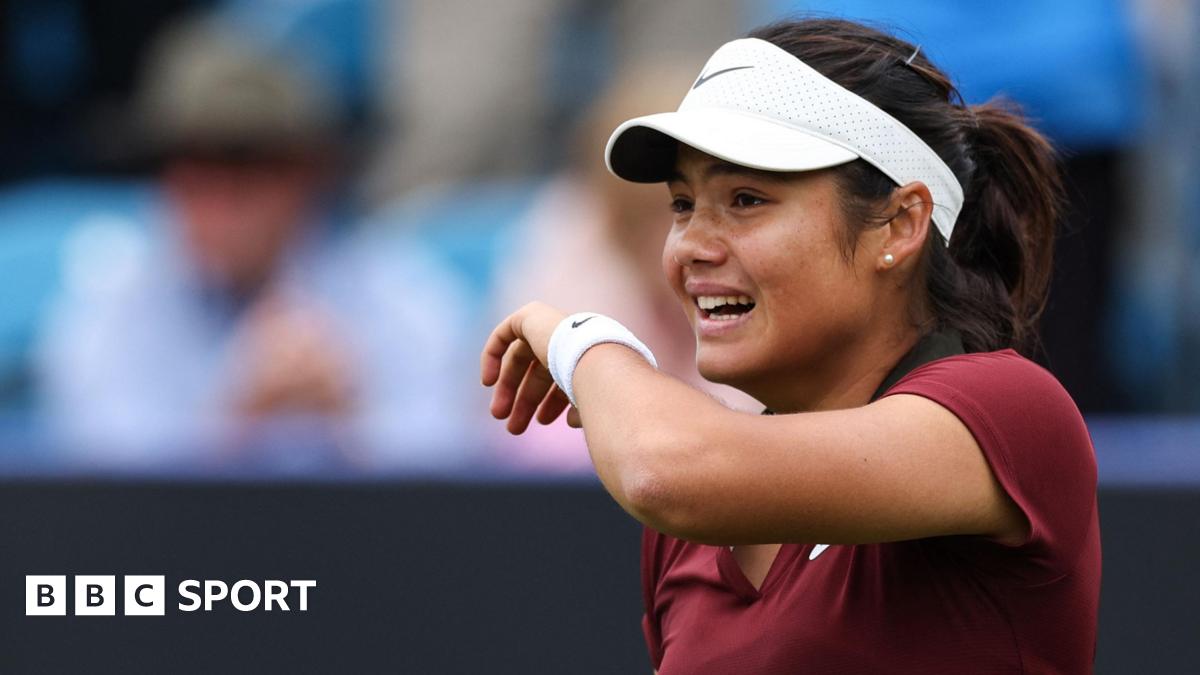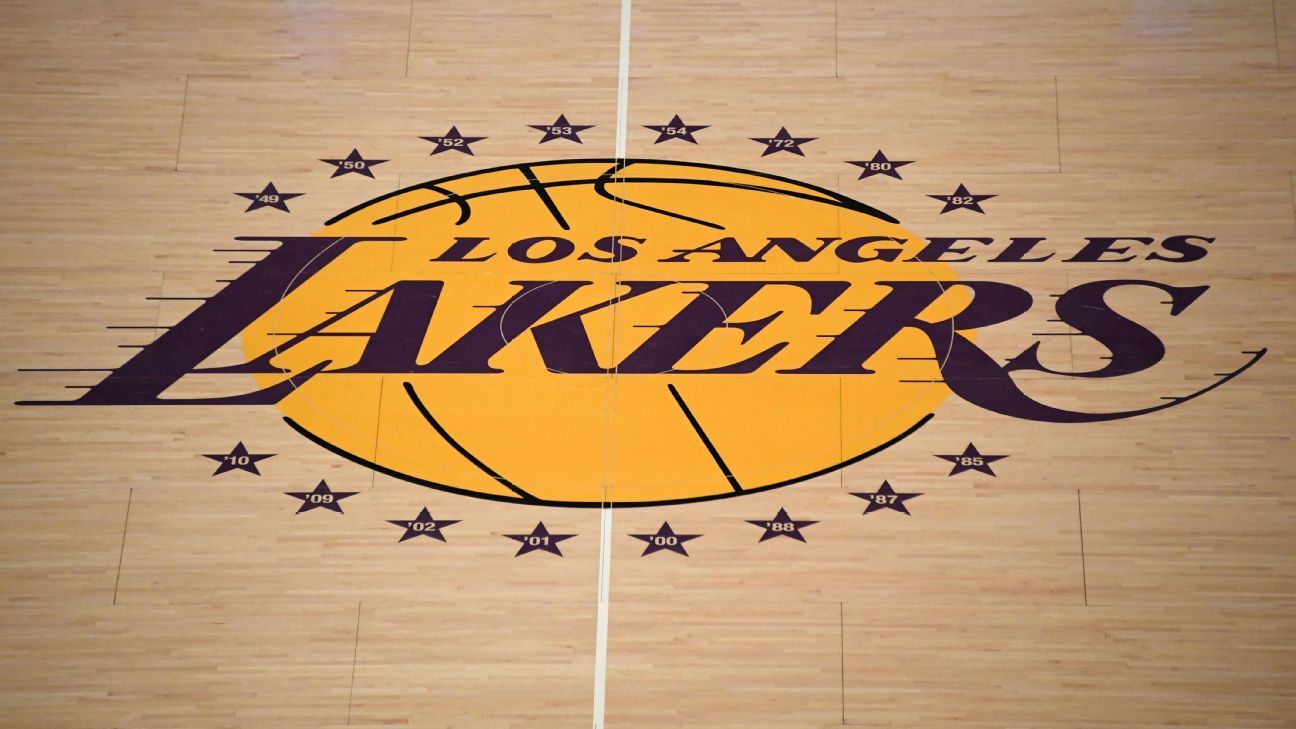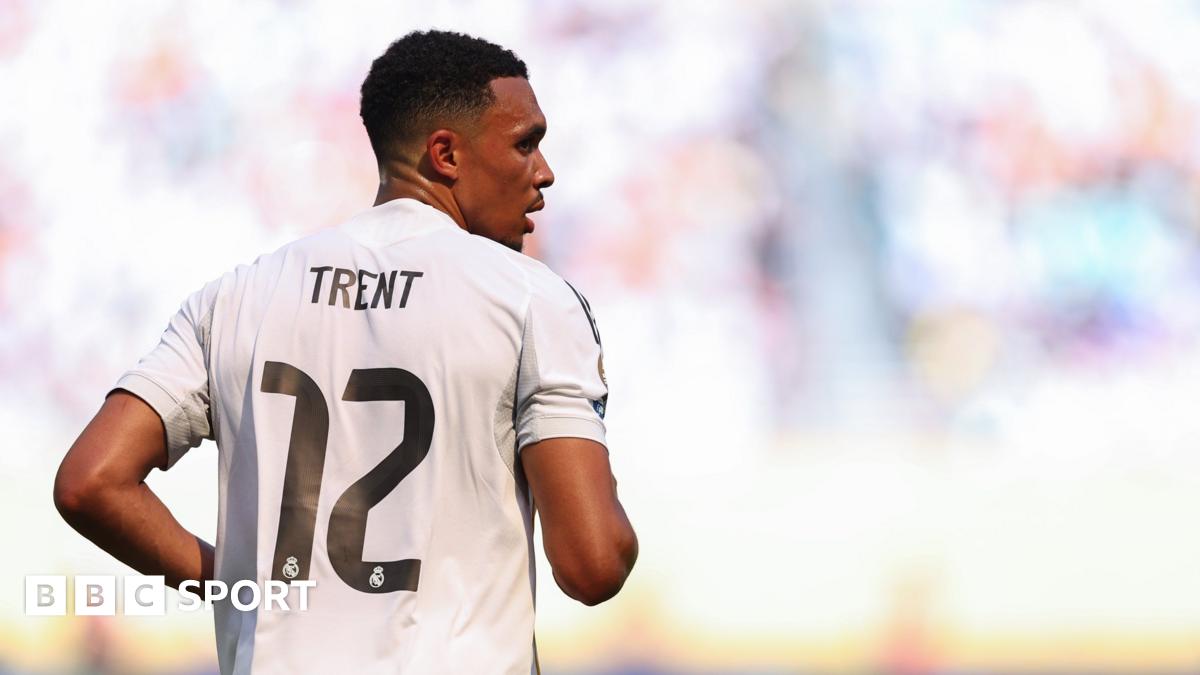
Nick JuddJun 28, 2025, 06:00 AM ET
The 2025 women's European Championship kicks off in Switzerland on July 2, when 16 teams will have the chance to get their hands on the iconic trophy. But how much do you know about the tournament that started officially in 1984? Using the alphabet, here are some facts you might not have come across before.
A is for ... Angerer, Nadine: Switzerland's goalkeeping coach and former Germany custodian is one of two players, alongside compatriot Birgit Prinz, to earn five Euros winners' medals. The highlight of her quintet came in the final in 2013, when her two penalty saves helped Germany beat Norway 1-0. She won the Player of the Match award and, in 2014, became the first goalkeeper, and first woman, to win the FIFA World Player of the Year.
B is for ... Breakthrough?: Alongside Norway, Italy have missed only one event since 1984 and have appeared in the most European Championships (this year will be their 13th). However, unlike their Nordic counterparts, they're yet to win it, making them the team with the most finals appearances (12) without lifting the trophy. Le Azzurre have twice been runners-up, in 1993 and 1997, and have also reached the semifinals four times.
C is for ... Coultard, Gillian: The England trailblazer is the record holder for most women's Euros appearances, with 61 (including qualifying matches). She played in the final in 1984, in which the Lionesses lost to Sweden on penalties, before becoming the first English woman to reach 100 caps. She was awarded an MBE (Member of the Most Excellent Order of the British Empire) for services to football 20 years after retiring.
D is for ... Die Nationalelf: Germany have long been the dominant force at Europe's top table. They've won the competition eight times in total, including six times in a row between 1995 and 2013. They've played more matches than anyone else, 46, winning 36 of them, also a record. They've scored the most goals (107) and boast the highest goal difference (+80) ... you get the picture.
E is for ... European Competition for Representative Women's Teams: The first three iterations of the Euros (in 1984, 1987 and 1989) were named the "European Competition for Representative Women's Teams." This changed in 1990 thanks to UEFA's growing acceptance of the women's game, when it was renamed and awarded European Championship status.
F is for ... First-timers: Three teams have won the Euros at the first attempt. Sweden set the bar, defeating England on penalties in 1984 thanks to Pia Sundhage who scored the decisive spot-kick after netting three times in the semifinals and in the first leg of the final. Norway repeated the feat in 1987 on home soil, at Sweden's expense, while Germany's dominance began at their first time of asking, in 1989. On home soil, they beat Italy in the semifinal in what was the first televised match on German TV, before thrashing favorites Norway.
G is for ... Groundhog Day: Talking of Germany vs. Norway, the two nations have met in four finals. They swapped blows in 1989 when, as West Germany, the home nation surprised their opponents with a 4-1 win. Two years later, Germany won again, 3-1 after extra-time. They met for a third time in 2005, and again in 2013, when Germany made it a clean sweep. The two nations have met 10 times in total in Euros finals history, more than any other fixture.
0:31
Bonmatí: Spain deserved more from last Euros vs. England
Spain's Aitana Bonmatí speaks about her hopes of winning the Women's European Championship.
H is for ... Hat-trick heroes: There have been only six hat tricks at the Women's European Championships, with both England's Beth Mead (against Norway) and France's Grace Geyoro (against Italy) joining the exclusive club in 2022. Arguably the most impressive was Sweden sub Lena Videkull, who netted three goals in 17 minutes in the semifinal second leg vs. Norway in 1995. She boasts the fastest treble, though Norway's Marianne Pettersen is the youngest hat trick scorer; she was just 22 years and 79 days old when she hit three against Denmark in 1997.
I is for ... In the dugout: Germany's Tina Theune-Meyer is the most successful coach in women's European Championship history, winning 13 of her 15 matches in charge between 1997 and 2005. Theune, who in 1985 became the first woman in Germany to earn the DfB Fußball-Lehrer license, won three Euros in the hot seat, plus another three as assistant. Sarina Wiegman is the only coach to win the Euros with two countries (Netherlands in 2017 and England in 2022).
J is for ... Joint-top: Two players top the women's Euro goal-scoring charts, with Germany duo Inka Grings and Birgit Prinz netting 10 goals apiece. Grings can lay claim to being the most prolific, netting four times in 2005 and six in 2009.
K is for ... Knockout queens: When it comes to winning knockout matches, a Germany duo leads the way. Midfielder Doris Fitschen (1989-2001), considered the most successful German female footballer of all time, and Prinz again (1995-2009), a five-time Euros winner, have played in the most knockout matches (11).
L is for ... Loss: When Norway were beaten in the 2013 final, you would have expected them to return all guns blazing four years later. They arrived in the Netherlands in 2017 as the fifth-highest ranked nation, but lost all three group games to seal a surprising early exit. Moreover, they returned home without scoring a goal -- remarkable given their attack was led by Ada Hegerberg, the then-UEFA Best Women's Player in Europe.
M is for ... Morace, Carolina (Italy): The highest goal scorer in Euros history (including finals matches and qualifiers) is Italy forward Carolina Morace. She made her international debut aged just 14, and scored 42 of her 105 goals in the Euros before taking charge of the national team as manager between 2000-2005. More recently, she qualified as a lawyer and was elected to the European Parliament in 2024.
N is for ... Neid, Silvia: A former player and coach, Neid has a special place in the hearts of German football fans because she has been involved in all eight of their Euro triumphs. She was victorious as a player in 1989, 1991 and 1995; then as assistant coach to Tina Theune-Meyer in 1997, 2001 and 2005; and then as head coach in 2009 and 2013. She was named the FIFA Women's Coach of the Year three times.
O is for ... Oldest player: Current Paris FC coach Sandrine Soubeyrand made history as a player in 2013, when she played for France against Denmark aged 39 years and 340 days. It was her fifth Euros as a France international. She retired shortly afterwards and remains the country's most-capped footballer.
P is for ... Pellerud, Even: The former Norway coach was just 39 years and 354 days old when he guided his country to victory at the 1993 finals thanks to a slender 1-0 win against Italy. Two years later, he was in the dugout when Norway became the first Europeans to lift the World Cup.
1:53
How will England cope after senior Lionesses' departures?
Gab Marcotti and Julien Laurens discuss how the retirements of Mary Earps and Fran Kirby, and the withdrawal of Millie Bright will impact England's Euro 2025 campaign.
Q is for ... Quatre: The Euros has evolved into the 16-team tournament we know and love today, but from 1984 until 1995 just four teams competed for the trophy. Sixteen teams attempted to qualify via four groups, with only the top team heading into the tournament proper. Eight countries took part in 1997; two years later it was 16.
R is for ... Record breakers: England didn't just win the Euros in 2022 on home soil, they did so in swashbuckling style. They recorded the biggest margin of victory in Euros' history thanks to their 8-0 drubbing of Norway, which in turn contributed to 14 group goals, another record. They finished the competition with 22 goals, a Euros high, and lifted the trophy in front of the biggest attendance (87,192) in the competition's history.
S is for ... Spot-kick success: Norway boast a 100% record in penalty shootouts. In 1991, they needed eight penalties to see off Denmark in the semifinals, before Gro Espeseth finally broke Danish hearts. Denmark were the opponents again in 2013, at the semifinal stage, when four spot-kicks were required to separate the two sides. Talking of Denmark, they've been in the most penalty shootouts (4), winning twice.
T is for ... Time to score: France were quickest out of the blocks against Iceland in 2022, as Melvine Malard slotted home from the edge of the box after just 43 seconds to open the scoring and secure the quickest Euros goal. Though Iceland equalized late on, 12 minutes into injury time.
1:27
All you need to know about Group B at the Women's Euros
Take a look at some key facts for Spain, Portugal, Belgium and Italy ahead of the Women's European Championship.
U is for ... Unbeaten: Such was Germany's Euros dominance for two decades that they boast not only the longest sequence of matches without defeat (26) but also the best run of consecutive victories (19). This remarkable run started against Denmark in 1997 and ended with a stalemate against Netherlands in 2013, a mere blip, as they won the next five matches to go all the way. Again.
V is for ... Volley: There were volleyed goals aplenty at Euro 2022, including Alexandra Popp's net-buster against France for Germany and Ella Toone's close-range finish for England against Spain. However, neither can lay a glove on Angelique Roujas' impressive touch and looping effort for France against Russia in 1997. Roujas' stunner was one part of a hat trick played out in front of just 626 fans in Karlstad, Sweden.
W is for ... West Berlin: Roots of the European Championship as we know it today were sown in West Germany in 1957, when four teams took part in a tournament staged by the International Ladies Football Association. At that time, women's football teams were banned by the German FA, but England, West Germany, Netherlands and Austria defied the authorities to take part in the round-robin held at Poststadion.
X is for ... X-rated: There must have been something in the water at the 2017 Euros held in the Netherlands, as it saw the most cards awarded in the history of the competition so far. There were three red cards and a remarkable 90 yellows. Moreover, by the quarterfinal stage, 13% (7) of the 53 goals scored came via the penalty spot.
Y is for ... Young gun: Norway striker Isabell Herlovsen was just 16 years and 351 days old when she found the net in a 1-1 draw against France in June 2005. This made her not only the youngest player at that competition, but also the youngest scorer in women's Euros history. And she found the net again in the semifinals.
Z is for ... Zero: Norway's defense stood firm when they won the competition in 1993, beating Denmark 1-0 in the semifinals and Italy by the same scoreline in the final. Their perfect record included the qualifying round, when they scored 24 goals in their four matches without keeper Manuela Goller having to pick the ball out of her net once.


















































